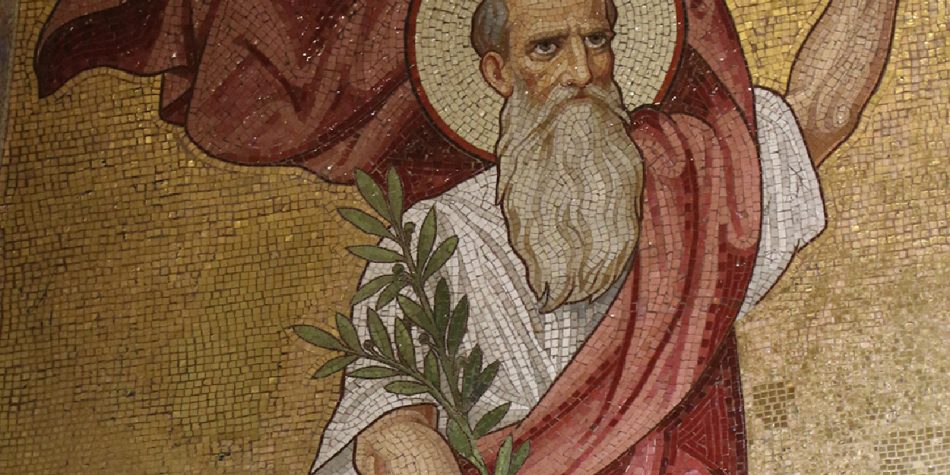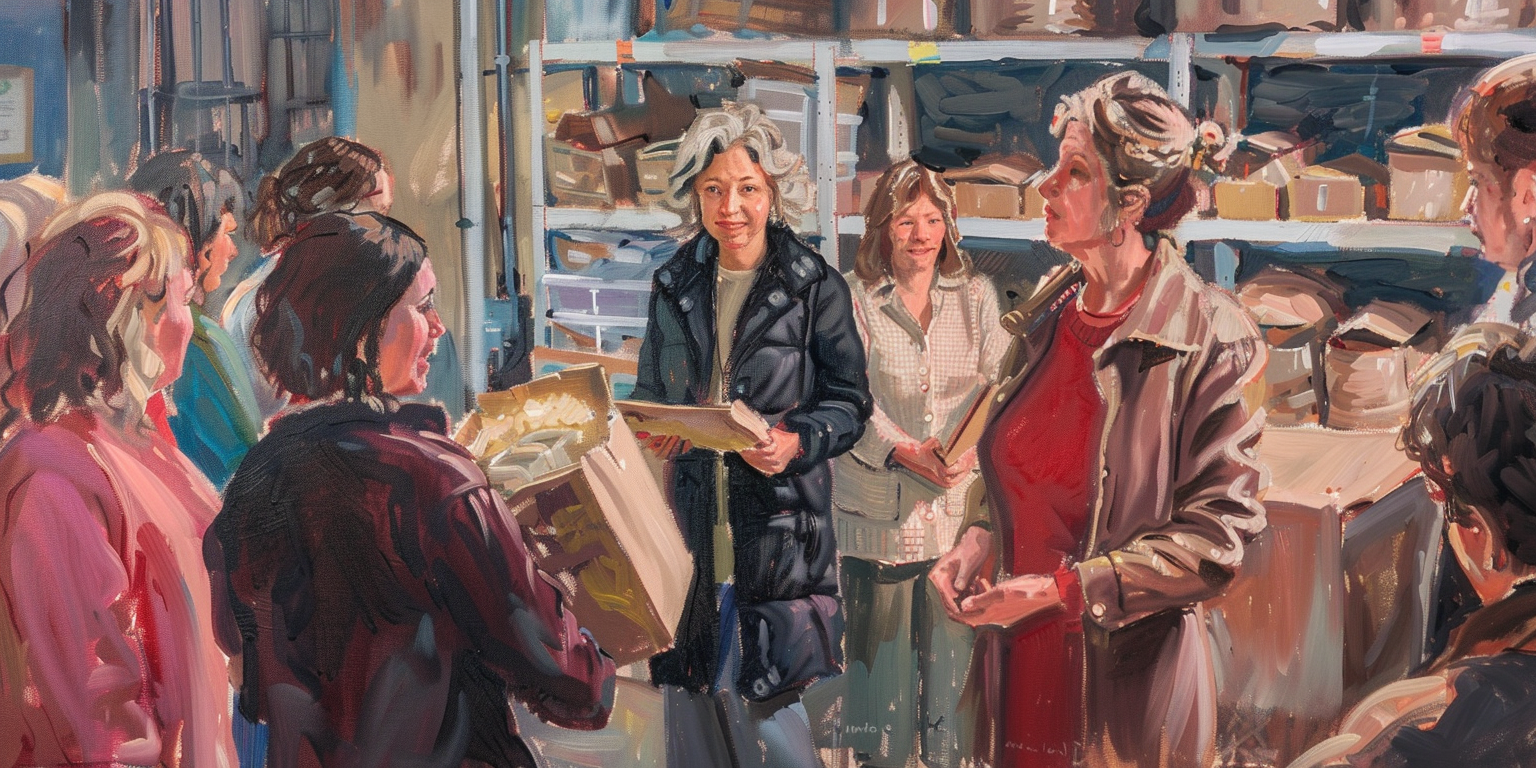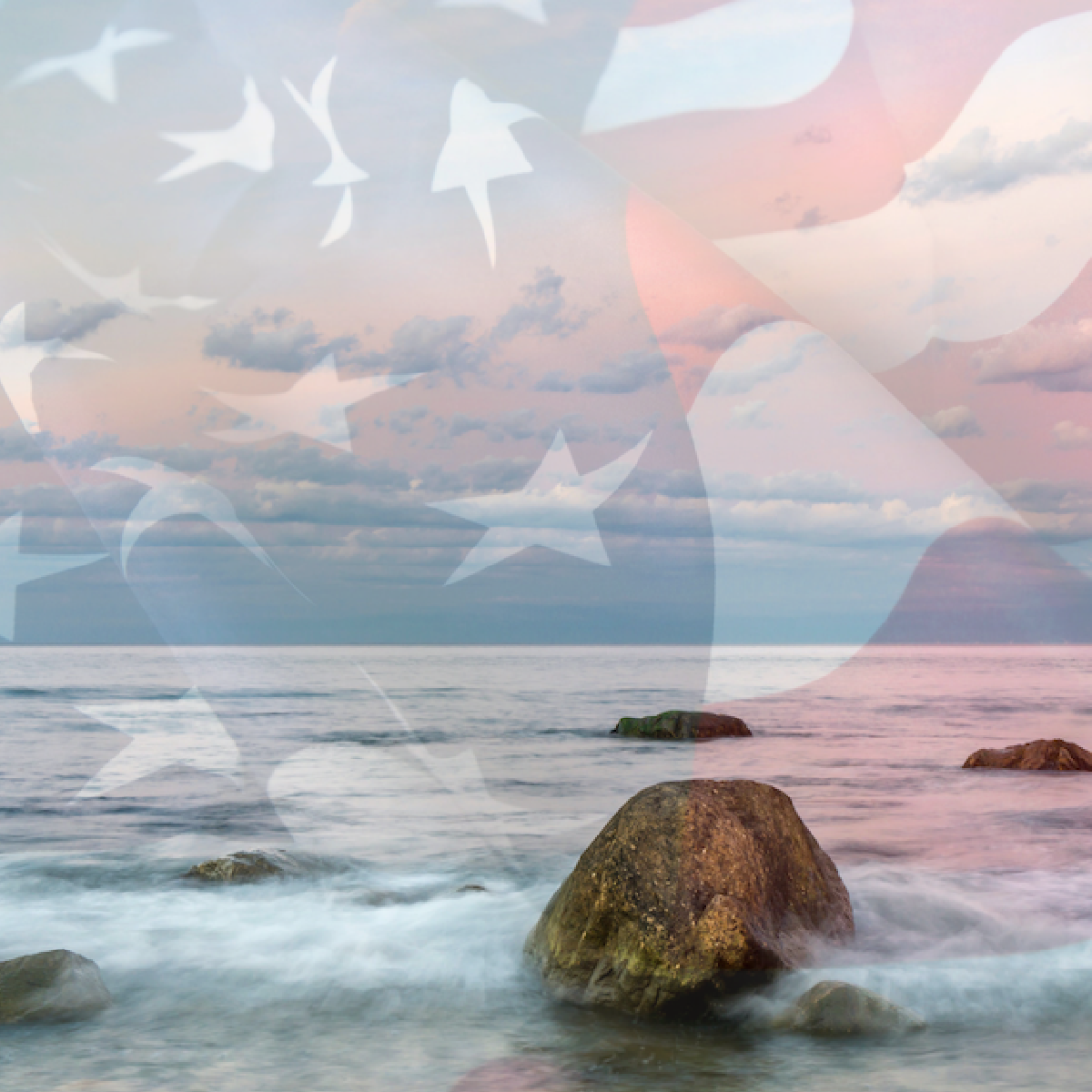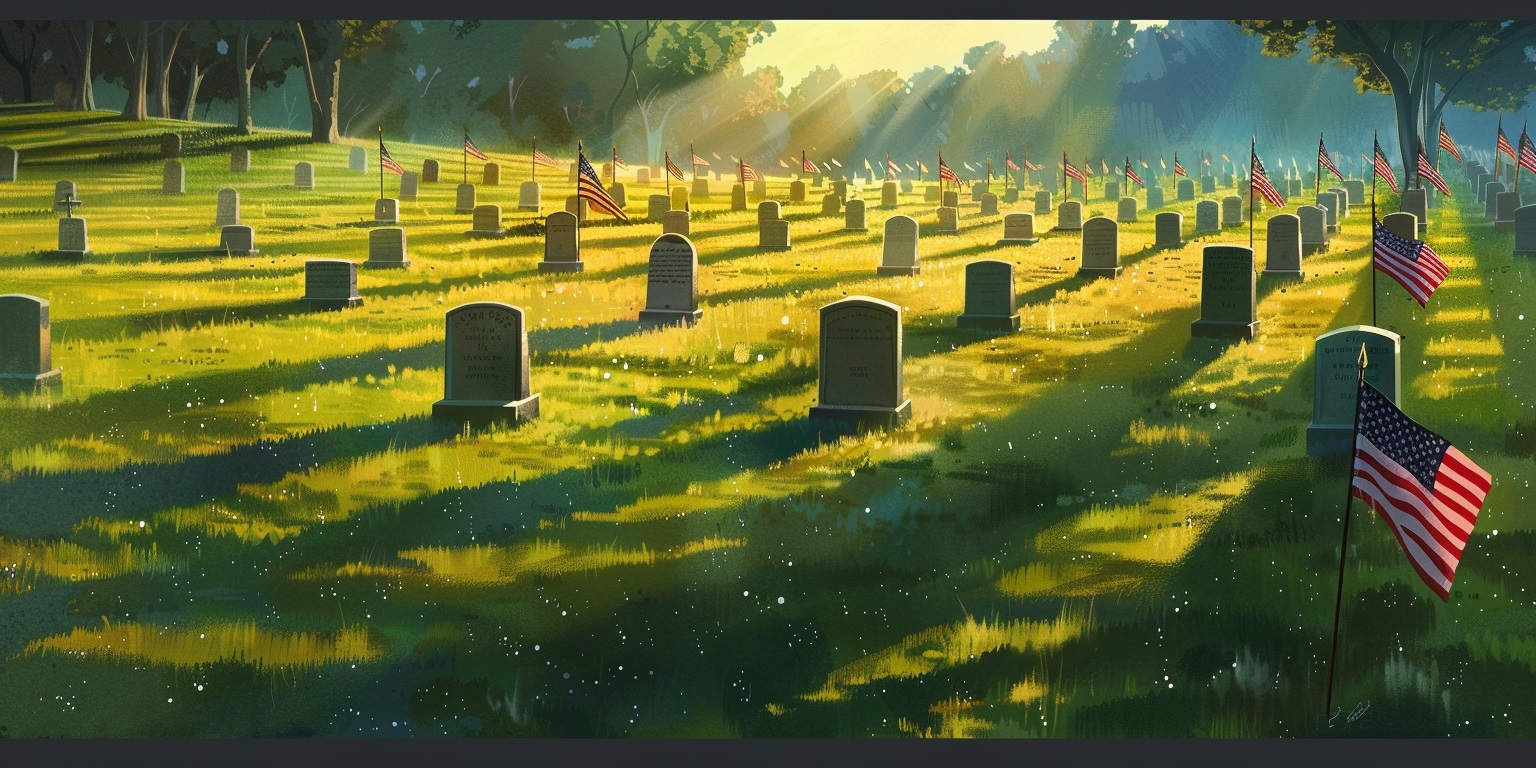Intersectionality—the idea that people’s racial, cultural, and other categories combine to form hierarchies of lived oppression and disadvantage—has taken center stage in discussions about the unrest consuming the United States. First coined as an academic term by Columbia Law professor Kimberle Crenshaw in 1989, intersectionality has joined with critical theory in our contemporary discourse to provide a grand, unifying narrative for the ideology of the left.
In the past, the left has been hindered by its inability to cohere around its many and varied commitments, often causing left-leaning groups and movements to fracture and implode. It has been common to see protest crowds organized around a single issue, such as war or women’s rights, with factions also protesting for Palestinian sovereignty, environmental issues, or any number of other concerns, leading observers to wonder if left-wing ideology is anything more than a chaotic convergence of disparate grievances.
In fact, many concerns that are typically voiced on the left are based in painful, aching reality. There have been, and still are, systemic factors that result in disadvantages to specific groups of people throughout the world. Ideally and in theory, intersectionality could function as a component of a rational toolset for mapping these factors in order to formulate effective policy and other solutions to create more just and fair societies for everyone.
The Hebrew prophets, culminating in the ministry of Jesus Christ, sought the development of a just and fair society
In practice, however, intersectionality has come to serve entirely different functions, which unfortunately work at cross-purposes to the betterment of society. Columbia University’s John McWhorter and others have correctly pointed out that intersectionality increasingly now serves to fill a faith-shaped hole in the souls of its adherents. Where Christianity formerly provided an identity in terms of one’s relationship to a creator God, intersectionality confers a new identity for an individual as a product of systems that oppress and marginalize. Where Christianity conceptualized original sin and fallenness as products of satanic influence and choices in Eden, intersectionality offers a narrative of original sin and fallenness based upon the real and perceived sins of people and societies in the past. Intersectionality offers an alternative to Christian confession of sin, in the form of ritual-like confessions of privilege. Intersectional culture includes conversion stories, professions of devotion, sacred personal narratives, prophets, martyrs, sinfulness, righteousness, scrupulosity, sacred ground, and community identity.
Despite these similarities in form, however, the underlying objectives of Christianity and intersectionality are fundamentally different. The Hebrew prophets, culminating in the ministry of Jesus Christ, sought the development of a just and fair society. Their expectation was that justice and fairness in society would emerge organically as a byproduct of the people’s commitment towards God. Hence the prophet Jeremiah’s questions to King Zedekiah:
Shalt thou reign, because thou closest thyself in cedar? did not thy father eat and drink, and do judgment and justice, and then it was well with him? He judged the cause of the poor and needy; then it was well with him: was not this to know me? saith the Lord.
The larger understanding shared by the Hebrew prophets was that Israel’s just society was to stand in contrast with the other kingdoms of the earth, and in that contrast, to reflect knowledge of God outward to all of humanity. In fulfilling this purpose, Israel was to be the family and people by whom all the nations of the earth would be blessed (Genesis 12:3). In perhaps the sharpest contrast with intersectionality, all of the efforts at social justice undertaken by the prophets were based in the turning of the people’s souls to God in covenant love and devotion, expressed in the Hebrew word teshuva and Greek strepho, which in English commonly connote the term conversion. Social justice was to be a sign to humanity of converted Israel’s relationship with God whom they knew personally, and whose covenant law formed the basis for the just ordering of their society.
In comparison, intersectionality is also employed in attempts to create a more just society, but absent a divinely-ordained vision of what exactly constitutes a just society and how to achieve it. As a result, intersectional social activism is characterized by the airing of grievances; the shaming of real or imagined perpetrators of those grievances; the dismantling of systemic and cultural factors that are perceived as contributing to grievances; and ultimately, the elimination of visual and other reminders of contributors to grievances.
Whether or not adherents to the intersectional worldview identify these as their specific objectives, they have formed a pattern in leftist revolutionary movements, and the pattern has so often been followed historically with extraordinary social upheaval, violence, and suffering.
In Frank Dikotter’s book The Cultural Revolution: a People’s History, Dikotter recalls how the airing of legitimate historical grievances served as a tool of emotional manipulation in the service of Maoist ideology:
The motto of the Socialist Education Campaign, after all, was ‘Never Forget Class Struggle’. To instill class hatred in them, regular sessions of ‘Recalling Bitterness’ were organised, where elderly workers and peasants came to tell of the harsh and miserable days before liberation. ‘We heard of childhoods dominated by starvation, freezing winters with no shoes, and premature, painful deaths…In cities like Nanjing, some retired workers evoked their personal memories of torture and rape by evil capitalists to tens of thousands of people. The packed theatres were so shaken by sobs that the workers’ accounts were barely audible.
Dikotter describes Mao Zedong as living and modeling this process to his associates and to the people of China:
Like many dictators, Mao combined grandiose ideas about his own historical destiny with an extraordinary capacity for malice. He was easily offended and resentful, with a long memory for grievances. Insensitive to human loss, he nonchalantly handed down killing quotas in the many campaigns that were designed to cow the population. As he became older, he increasingly turned on his colleagues and subordinates, some of them longstanding comrades-in-arms, subjecting them to public humiliation, imprisonment, and torture. The Cultural Revolution, then, was also about an old man settling personal scores at the end of his life.
Legitimate grievances—painful and profoundly unfair lived experiences—became the tools by which Mao legitimized forced collectivization, The Great Leap Forward, and ultimately the Cultural Revolution, resulting in tens of millions of Chinese dead from starvation and violence.
When intersectionality goes beyond the mapping of human experience and becomes the basis for the formation of our core identity, I would argue it significantly—and dangerously—raises the stakes of all of our human interactions. In his book Identity, Francis Fukuyama discusses Plato’s Republic and its Socratic elements of identity: “Desire and reason are component parts of the human psyche (soul), but a third part, thymos, acts completely independently of the first two. Thymos is the seat of judgments of worth…This third part of the soul, thymos, is the seat of today’s identity politics.”
Fukuyama continues, explaining that identity politics is a transition from competing perceptions of the best ways to establish a state and its relationship to society, to competing perceptions about the worth and dignity of individuals and groups in that society. Even formerly benign discussions of tax policy, immigration, and public health turn into emotionally volatile tests of our ability to properly value the souls of the people around us, and reasoned discussion becomes impossible.
Lest we make the mistake of thinking that identity politics are confined to hysterical left-wing mobs concentrated in our urban centers and universities, Fukuyama correctly notes that
The final, and perhaps most significant, problem with identity politics as currently practiced on the left is that it has stimulated the rise of identity politics on the right . . .
. . . the right has adopted the language and framing of identity from the left: the idea that my particular group is being victimized, that its situation and sufferings are invisible to the rest of society, and that the whole of the social and political structure responsible for this situation (read: the media and political elites) needs to be smashed. Identity politics is the lens through which most social issues are now seen across the ideological spectrum.
This trend on the right became apparent in the 2008 U.S. presidential election, where identities such as John McCain the war hero, Sarah Palin the gun-toting hockey mom, and Joe the plumber were perceived as being invalidated by university professor Barack Obama and his “elite” cosmopolitan supporters in urban and coastal America.
The rise of Donald Trump to the presidency revealed a transition among the American right to its own form of grievance-based intersectionality. The slogan “Make America Great Again” epitomizes this phenomenon on the right, with all of its narrative subtexts: There was a time when America was great; it was a free, law-abiding, God-fearing country run by people like us. Leftists, immigrants, and globalists have made America weak and corrupt, and America will become great again when good people like us are once again in charge.
Like left-leaning University environments where students are programmed to view all social and political activity in terms of identity, the American right has its own ecosystem in talk radio, Fox News, and countless Internet sites that fuel constant personal narratives of identity-based grievance and outrage. In the COVID-19 pandemic, even the wearing of face masks has become on the right an expression of personal identity. A veteran who is a gun-owning small business owner and is denied entrance to a grocery store for not wearing a mask carries the same intersectional identity value on the right that a transgender Muslim person of color carries on the left.
Solutions to these problems are found among people of faith, and in traditions that have intuited powerful realities about the nature of human experience
The anger that results from perceived slights to our competing identities is of a different order than simple everyday frustrations, like receiving the wrong meal at a restaurant or being stuck in traffic. When our anger is rooted in identity, there is a deeper assumption at work: the idea that other people have the power not just to inconvenience us, but to invalidate our very worth. When we respond in identity-based anger, saying and doing things that go against our personal religious or other values, the deeper assumption is that the behavior of other people is a more reliable moral compass than God or other sources of values we purport to embrace.
Responses to identity-based anger are also of a different order than those of ordinary frustrations; the common response to identity-based anger throughout history has been extraordinary violence among tribes, political parties, nations, and other group identities. This violence is rooted in a perceived need to remove any and all reminders of challenges to one’s identity. It is an all-consuming spirit that results in violent nationalism, chants of “lock her up,” cancel culture, toppling of monuments, and revision of history. Mao Zedong’s encouragement to “destroy the old” was an expression of the animating intersectional lie of his movement: the idea that other people—even dead people—had the power to invalidate his dignity and worth.
Solutions to these problems are found among people of faith, and in traditions that have intuited powerful realities about the nature of human experience. Buddhism correctly teaches that the constructing and defending of our false notions of identity is a massive source of unnecessary human suffering. This is a transformative element of some of our contemporary approaches to mindfulness.
Many adherents to Islam have derived from their tradition an imperative to transcend tribal, religious, and other differences in favor of peace; we saw this exemplified in the 1997 visit of King Hussein of Jordan to the families of Israeli victims of a violent attack perpetrated by a rogue Jordanian soldier. These spiritual resources are also found in Judaism; in Israel, Western Galilee hospital made headlines during the Syrian civil war by treating wounded Syrians, some of whom overcame significant cultural conditioning to appreciate the care they received at the hands of people they formerly regarded as mortal enemies. In these traditions, there are ample resources in the form of teachings and historical memories that invite adherents to resist the spiritually destructive impulse to identify with grievances.
In Christianity, the contrast between Christian and intersectional identities is illustrated in Victor Hugo’s Les Miserables, where the notion of Christian identity is expressed in a spiritual lightning strike communicated by the Bishop to Jean Valjean:
Jean Valjean, my brother, you no longer belong to evil, but to good. It is your soul that I buy from you; I withdraw it from black thoughts and the spirit of perdition, and I give it to God.
Valjean’s gradual transition from a grievance identity (exemplified in his receipt of convict number 24,601 in lieu of his name) to an identity of redemption and union with God is the archetypal narrative of every authentic Christian conversion, and as Valean’s identity changes, so does his moral compass change from an enemy-orientation to an orientation rooted in God. His identity is contrasted with that of inspector Javert, whose identity based on grievances and legalism is shown to be unsustainable and ultimately fatal.
In a stark contemporary example of the power of Christian identity, African-American musician Daryl Davis has been recognized in recent years for his personal ministry among members of the Ku Klux Klan, where he has facilitated the abandonment of racism among hundreds of members of that organization.
In this effort, Davis has been following teachings in scripture that have been sidelined in intersectional identity politics. In the Old Testament, we are reminded of God’s granting to Solomon the privilege of building a temple because, in contrast with his father David, Solomon was not obsessed with enemies. We are told that the most frequent commandment given to the people of God was to treat with kindness and generosity the foreigners—“strangers”—living among them, people with very different national and other forms of identity. In the New Testament, Jesus sharpens this exhortation to welcome the other, in his declaration “I was a stranger…”. His commandment to “Love your enemies, bless them that curse you, do good to them that hate you, and pray for them which despitefully use you, and persecute you…” is only possible among people who have transcended grievance identities. In the New Testament, this principle might be best illustrated in the Martyrdom of Stephen, who after perceiving his true identity in a theophany of God and the Christ, was able to offer as his last words a prayer for his killers: “Lay not this sin to their charge.”
Latter-day Saint students of restoration scripture further recognize these principles in the Book of Mormon, where the converted are described as not having “a mind to injure one another, but to live peaceably…” and are observed as having a “peaceable walk with the children of men”. These are personal characteristics that are only available to people whose moral compasses are not oriented by “enemies.” Latter-day Saints who identify as children of Heavenly Parents, and who feel the reality of that identity more deeply than any grievance or experience, are able to maintain spiritual poise and be voices for healing and peacemaking while the world is flailing in intersectional anger.
The passage of scripture that we refer to as the Word of Wisdom is introduced with a reference to “conspiring men in the last days.” At this time in history, we would do well to recognize the voices of intersectional identity all across the ideological spectrum, which are conspiring to keep us addicted to anger and outrage. In response, a good decision for each of us would be to tune out these voices and refuse to be consumed with anger. A better decision would be to make the Christian decision to love our enemies. The best decision of all, however, would be for us to refuse to categorize anyone as enemies in the first place; to see all of humanity as loved and redeemable, as people making choices with varying amounts of capacity and clarity and light available to them. As Daryl Davis has powerfully shown, a single person with this perspective of identity can change the world more than all the world’s angry protesters and social media influencers combined.
















